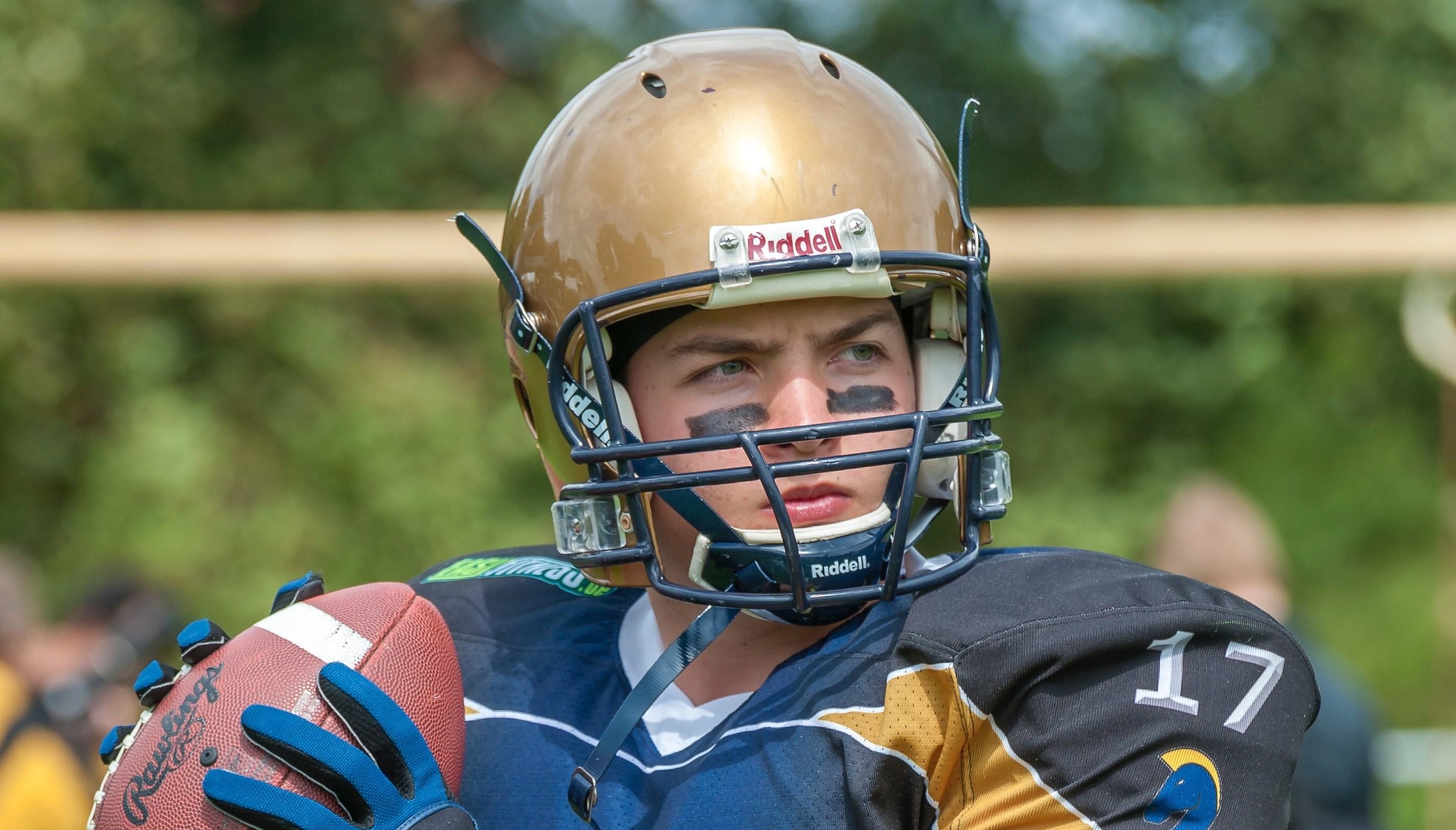
The black eye is a rectangular grease or adhesive strip that some athletes apply under their eyes, in order to reduce glare from sunlight or artificial light. Although its effectiveness has not been conclusively demonstrated, this method is widely used by American football and baseball players.
When someone is exposed to sunlight or artificial light, his skin absorbs part of this light, but, at the same time, there is one part that is reflected. This, in cases that the light goes to the face, can cause dazzling to the eyes or affect vision. Some athletes detected a few years ago that the use of black stripes under the eyes or just above the cheeks could help them absorb the light and avoid the reflection.
It is believed that the first one that used the black eye was the baseball player Babe Ruth in 1930, who was followed by the American football player Andy Farkas in 1942. Since then, this practice has become popular among many American athletes, who declare that this trick helps them to better distinguish the ball when it is in the air.
In 2003, ophthalmologists Brian DeBroff and Patricia Pahk conducted an study to test if the fat used in those strips actually reduced glare and improved the sensitivity of reflection during the sunlight exposure. To prove it, they divided the 46 study participants into 3 groups, to which they applied different products at the infraorbital rim: one group used black eye, another one, anti-glare stickers and the last one colorless petroleum jelly. The researchers investigated the vision of the subjects with an eye chart while they were exposed to natural sunlight. The study concluded that black eye reduces sun glare and improves contrast sensitivity, whereas anti-glare stickers and petrolleum jelly were not shown to be effective. However, the results were questioned, as the subjects knew what substance or product they were testing. Furthermore, the petroleum jelly may have had counterproductive effects on its users and worsened their vision.
Another further study by Dr. Benjamin Powers found that the black eye is more effective in women and in people who do not have blue eyes. Nevertheless, he also considered that results were not statistically-conclusive, since the number of participants were small and, as in the previous study, they also knew the product they were testing. In addition, the tests were conducted as a distance of only 1, 15m.
In 2008, the TV program Cazadores de mitos, tested if the black eye reduced glare. The test concluded that, although this one does not eliminate glare, it can help to better distinguish light and dark, and, for this reason, it can help to better detect the ball in bright conditions.

Contact us or request an appointment with our medical team.